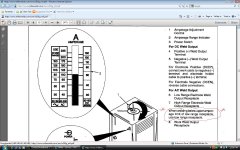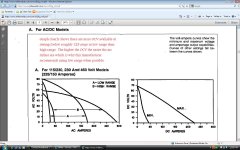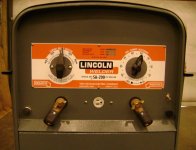SPYDERLK
Super Star Member
- Joined
- Feb 28, 2006
- Messages
- 10,358
- Location
- VA
- Tractor
- JD2010, Kubota3450,2550, Mahindra 7520 w FEL w Skid Steer QC w/Tilt Tatch, & BH, BX1500
Im with you. The welds may not look or sound as good, but with 6011 on virtually any surface condition you have a good flow to both pieces. When you look under the slag you can often find a slag joint with 6013. Along with its lower penetration and stabile arc the 6013 tends to demand cleaner joints and better technique in order to get good weld puddle flow.you need to learn to run 6011 1/8 rods. these are the most useful.i buy these in 50 pound boxes.save 6013 3/32 for sheet metal.buy 7018 1/8 in 2 or 5 pound boxes as needed,put the left overs in a plastic rod box.that will keep them a while.i also use nickle rods some time,usually 1/8. get a rod amperage chart and tape it to the welder.this gives you a good starting point.if i had only one rod for the farm it would be 6011.
larry




